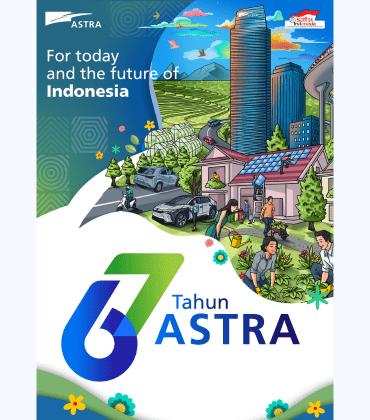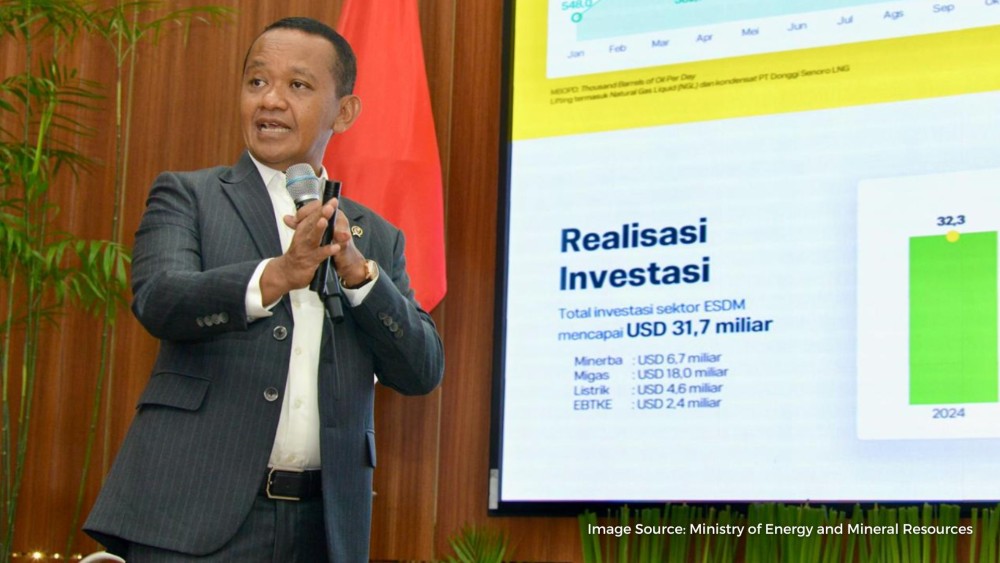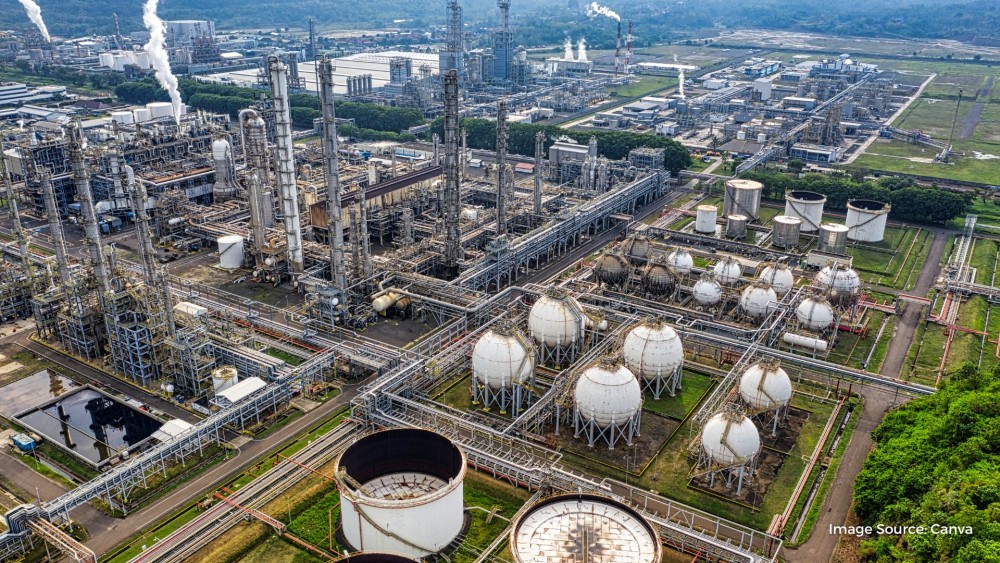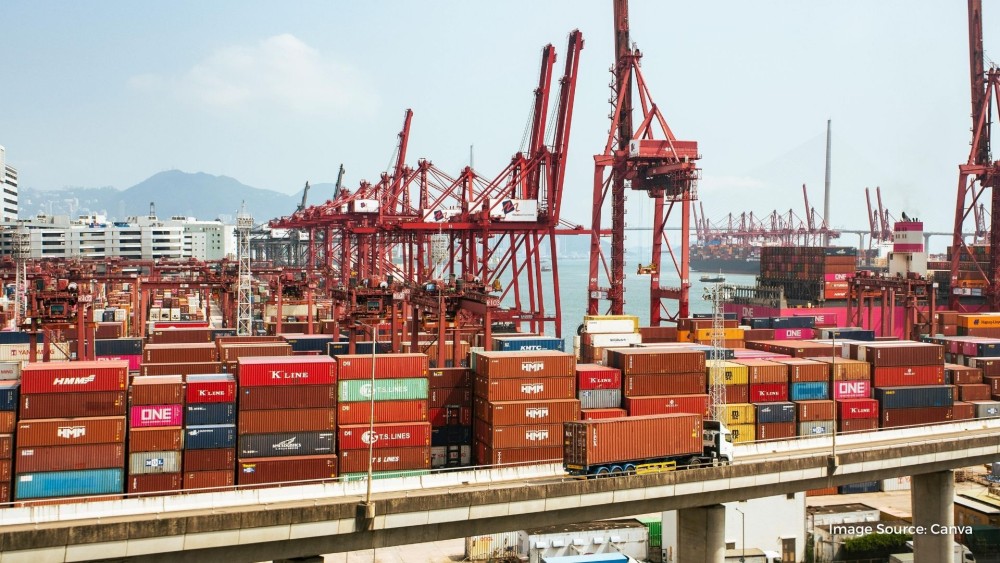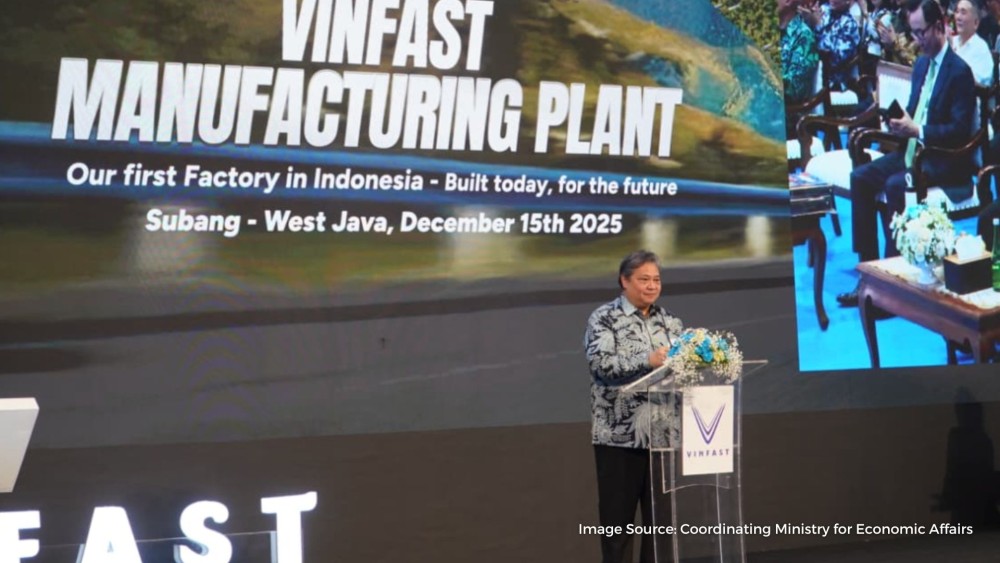Sea Toll, Maritime initiatives continue to drive Indonesia’s shipbuilding sector
17 Jan 2024

In 2020, the maritime industry contributed 11.3% to Indonesia’s total GDP and is expected to grow up to 12.5% by 2045. Given the extensive scope of Indonesia's maritime sector, its significance extends as a prominent symbol of the nation's strength and sovereignty and will thus continue to be a focus for development, further leveraging the country’s shipbuilding sector.
This is reflected by the current administration’s continued support towards enhancing maritime economy. Since he first began his term in 2014, President Joko Widodo declared the maritime sector a priority pillar to the vision of Making Indonesia a “Global Maritime Fulcrum”, a force between the Indian and Pacific Oceans that is strong on maritime culture, resources, infrastructure, diplomacy and defence.
One of the key programs in this vision is the establishment of “Sea Tolls”, which aims to improve maritime transport routes, particular in the eastern part of the country, by building new ports and modernizing and expanding existing ports.
Since its inception, the expansion of the Sea Toll has shown continuous positive development. As of 2022, Indonesia has established 33 Sea Toll routes, and this number is expected to increase to 39 by the conclusion of 2023. Apart from PT Pelni, two state-owned enterprises, namely PT ASDP and PT Djakarta Lloyd, play integral roles in program management. Specifically, PT Pelni oversees 11 routes, PT ASDP manages 5 routes, PT Djakarta Lloyd is responsible for 4 routes, and 19 other routes are operated by private entities.12 For detailed information on route developments, the list can be accessed on the Indonesian government's website.
|
Year |
2015 |
2016 |
2017 |
2018 |
2019 |
2020 |
2021 |
2022 |
|
No. Of Sea Toll Routes |
3 |
6 |
13 |
18 |
20 |
26 |
32 |
33 |
|
Shipload realization of goods (TEUs) |
99 |
4,259 |
5,339 |
4,671 |
3,593 |
8,858 |
12,872 |
N/A |
Source: Rizalty, 2022; PT Pelayaran Nasional Indonesia 2021; Data compiled by AHK Indonesia
According to the Ministry of Trade, the implementation of the sea toll in 2022 successfully narrowed the price gap for essential goods, resulting in an average decrease of 12.18%, notably benefiting regions such as Papua, Maluku, and East Nusa Tenggara. To further bolster the reduction of price disparities, the government is currently in the process of revising regulations that dictate the eligibility of goods for sea toll transport. Furthermore, the number of ports in Indonesia will continue to grow as the Ministry of Transportation, as mandated by the 2017 National Port Master Plan, has set 1,321 new port development location plans until 2023.
Digitalization in the Maritime Sector
Another accelerating factor to Indonesia’s maritime growth is the rapid digitalization of the sector. PT Pelabuhan Persero or Pelindo, which is the state-owned operator of Indonesia’s ports, have released and implemented a number of applications and systems to improve port service productivity. These include the Phinnisi, a Vessel Management System used to expedite vessel service activities; PTOS-M, which aids terminal operators in handling various cargo types; and Palapa Terminal Operating System (TOS), which handles operational activities at multipurpose and ro-ro container terminals.
Also of note is Inaportnet, which functions as an integrated online operating system, and was launched as part of the Indonesia National Single Window system. The launch of Inaportnet succeeded in expediting the process of ships entering and leaving ports, as well as in hastening loading and unloading activities. From 2016 to the present, 109 ports in Indonesia have integrated Inaportnet, and there is a goal to have an additional 151 ports adopt it by 2023. This aims to reach the target of having 260 ports implementing Inaportnet by the end of this year.
A significant achievement from these developments is Indonesia securing the 9th position globally for the best port performance in 2022, claiming the top spot in Southeast Asia, according to data released by the United Nations Conference on Trade and Development (UNCTAD). Furthermore, in the same dataset, Indonesia surpassed the global average for container ship arrivals, with a rate of 24.9% compared to the worldwide average of 20.1%.
Towards a Greener Maritime Sector
A potential segment within the Indonesian maritime sector relates to energy transition and the combat against climate change.
As per a mandate issued by the International Maritime Organization – of which Indonesia is a member – on January 1, 2020, ships should begin using fuel with a maximum concentration of 0.50% mass percent concentration in order to cut greenhouse gas emissions. The country has issued regulations to comply with the mandate, though it has not provided a clear roadmap for the shipping industry. Nevertheless, a number of companies have taken action, such as PT Pertamina International Shipping – a subsidiary of the state-owned oil company PT Pertamina – implementing the use of low-sulphur marine oil on its 750 vessels by 2021.
Additionally, Indonesia has also initiated a program aimed at enhancing the environmental sustainability of its ports to mitigate carbon emissions and safeguard the marine ecosystem. The green port initiatives are designed to promote the widespread adoption of clean energy and bolster environmental conservation efforts.
Considering the factors above, Indonesia's shipbuilding sector continues to offer potential for investors. To capitalize on this opportunity, it is essential to efficiently harness Indonesia's requirement for shipbuilding components, which are currently imported, and provide products that align with the needs of the domestic industry.
